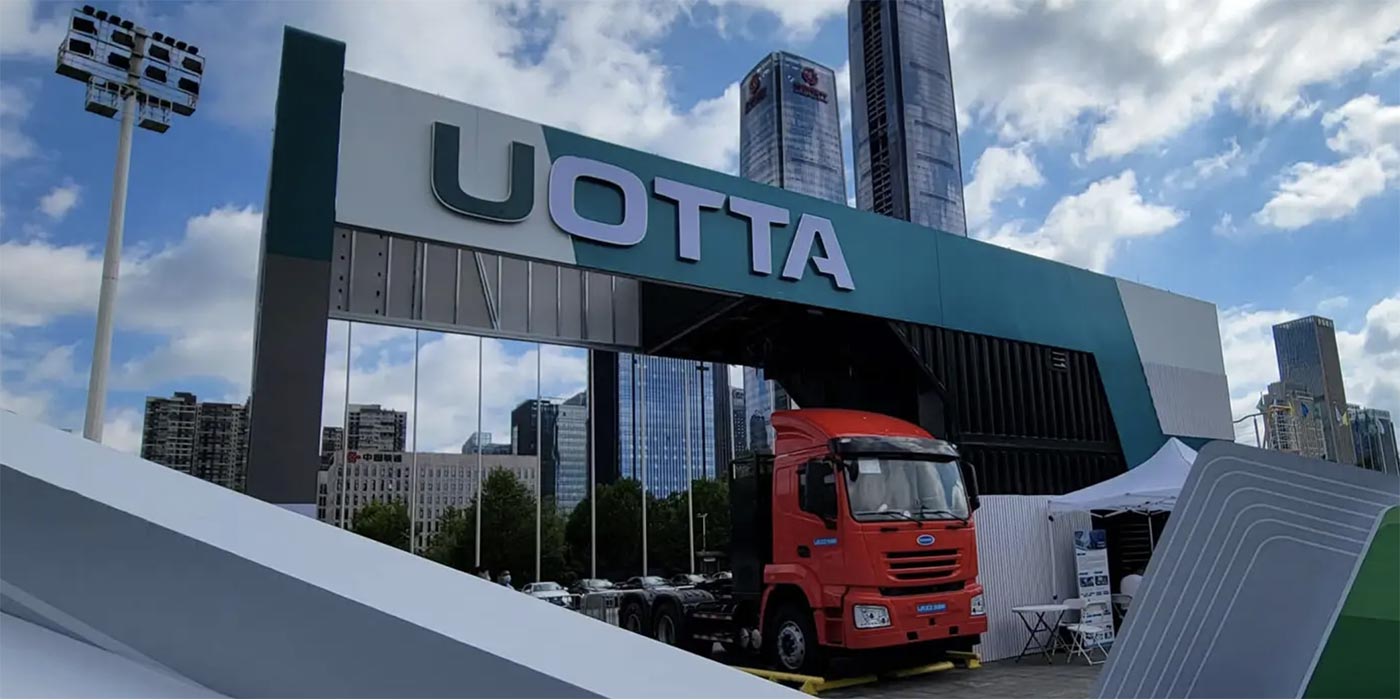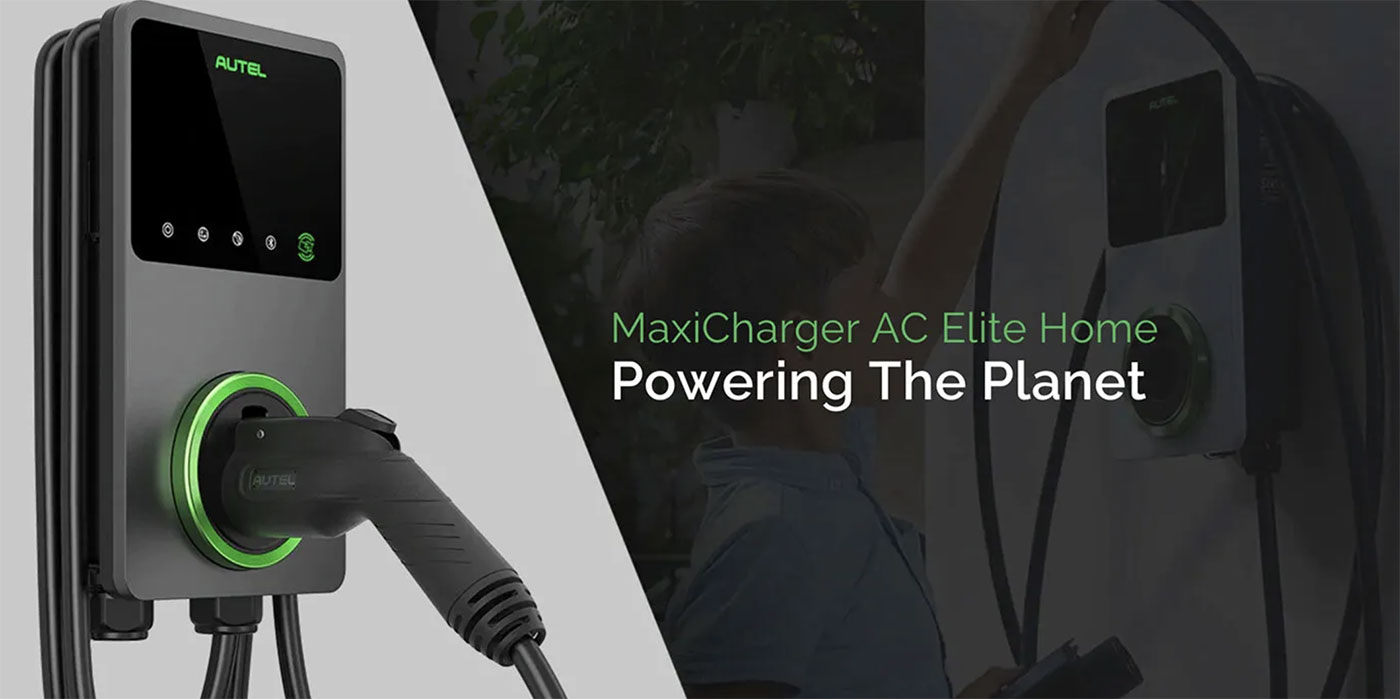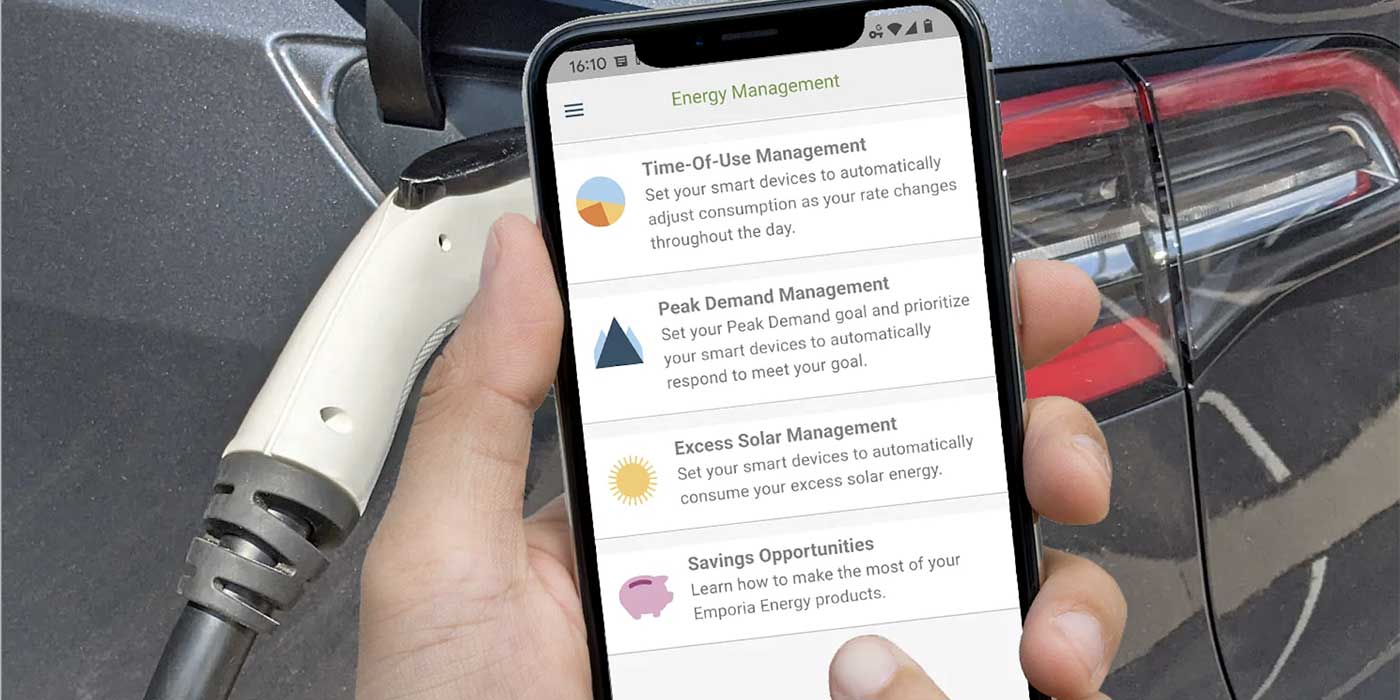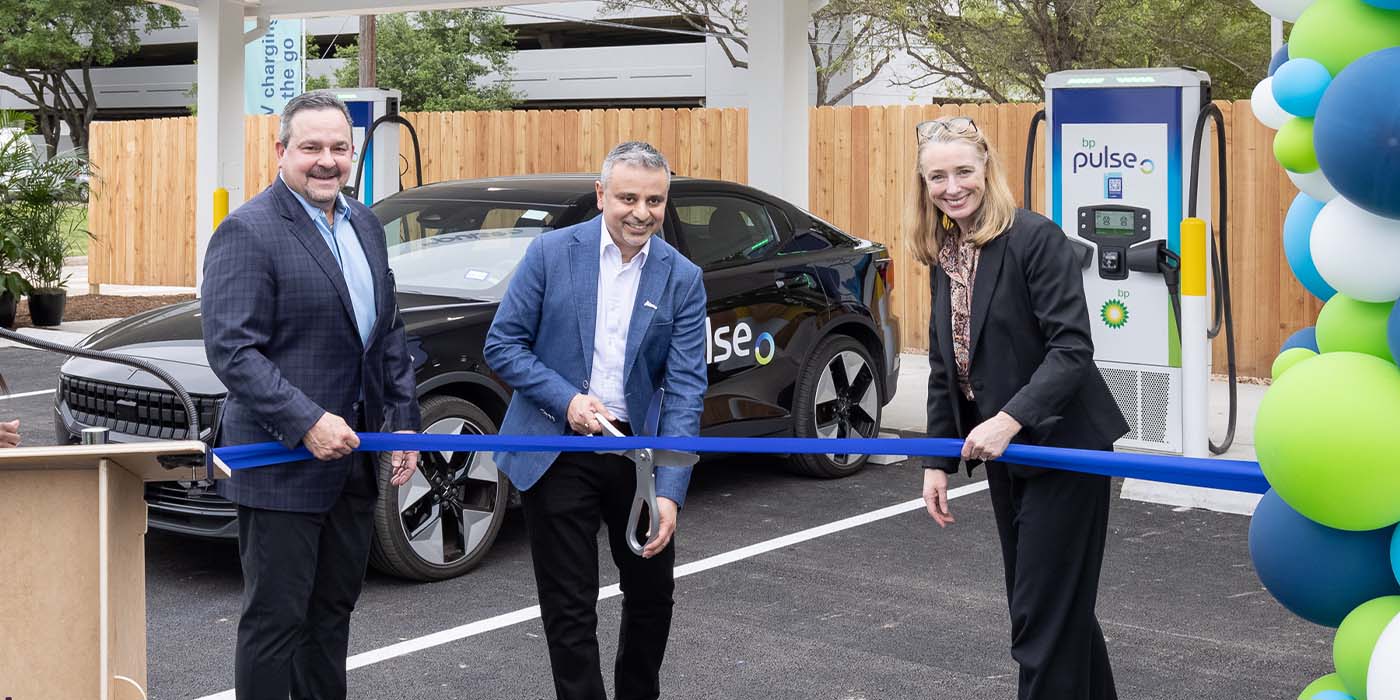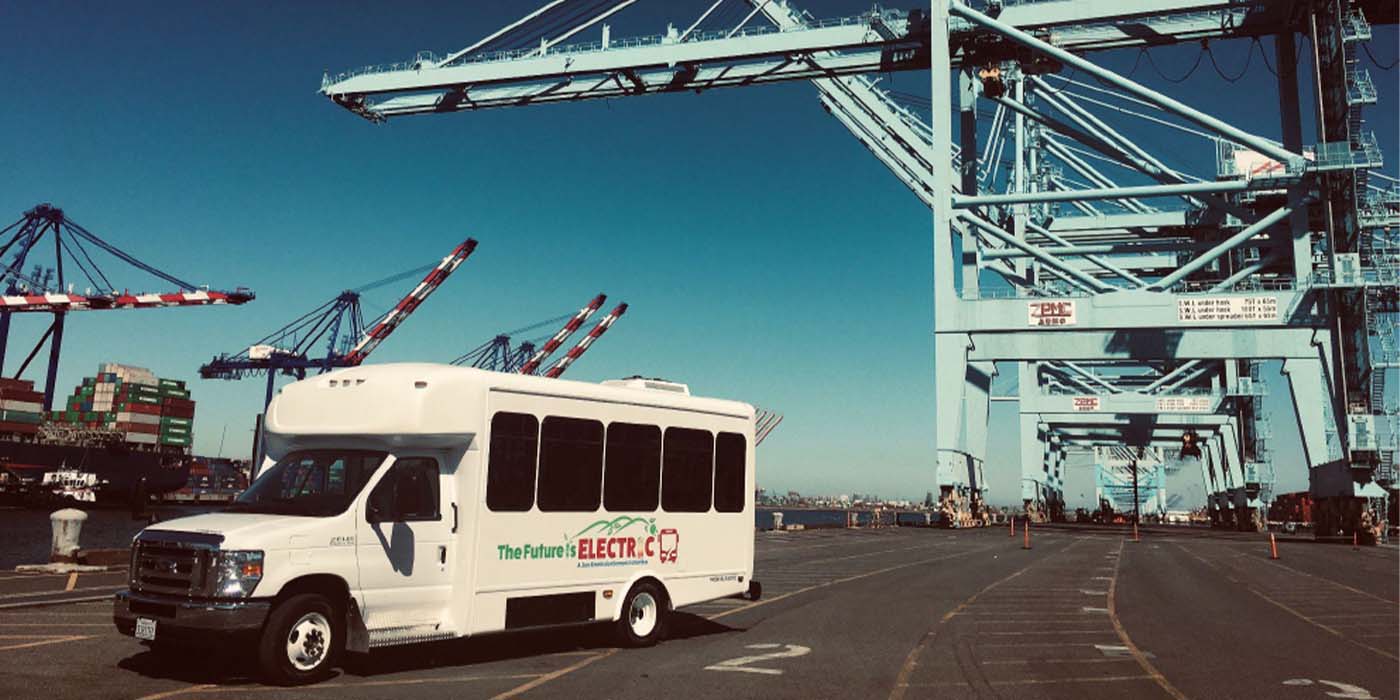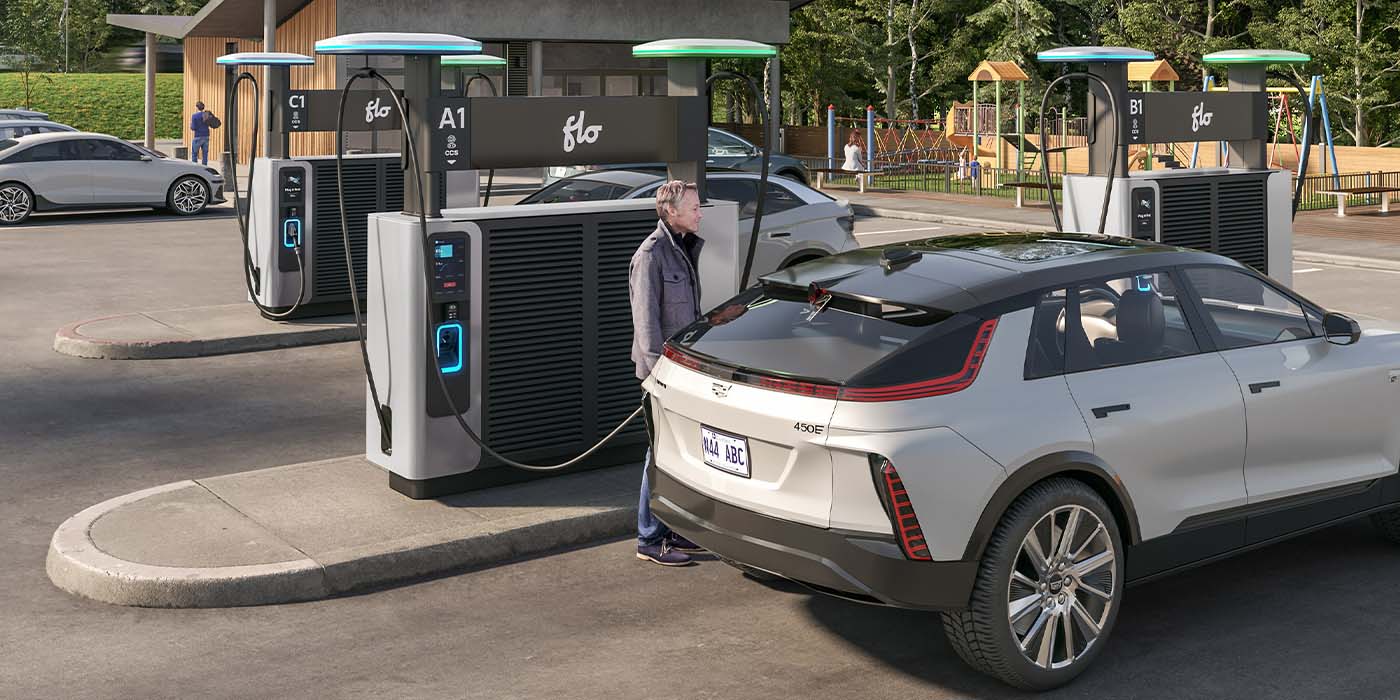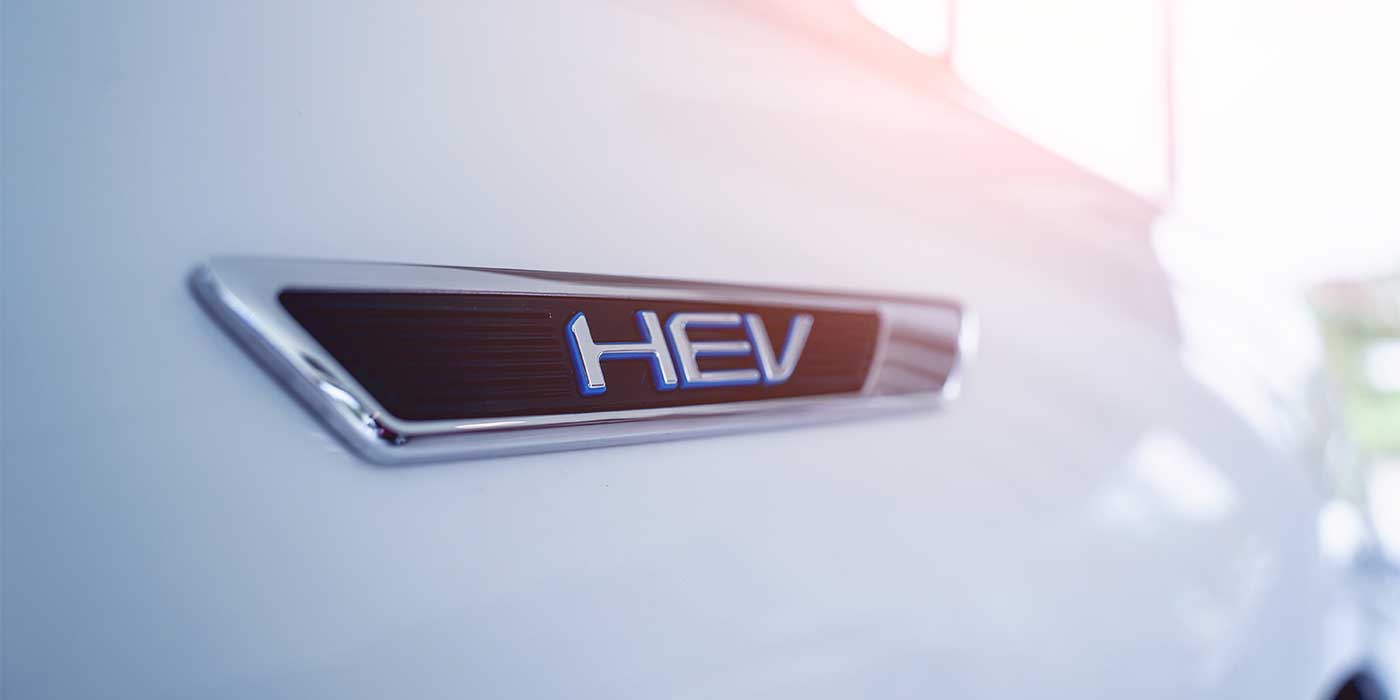Europe’s electricity grid will remain stable despite the exponential growth of the EV market and high electrification ambitions, reveals new EY-Eurelectric study. But timely planning of charging infrastructure and coordination between public authorities, electricity utilities, grid and charge point operators will be paramount to success, the study says.
The advice of this study applies just as much to the U.S., too. The integrity of the grid is paramount if EVs are going to continue to proliferate our roads as much as the government intends over the next decade.
As many as 130 million electric vehicles, up from 3.3 million today, will hit the European roads by 2035, shows the Eurelectric-EY study. By then, 65 million chargers need to be installed to unlock a seamless user experience, the companies say. Of those, 85% will be residential, while 4% will be on public highways.
Charging infrastructure rollout must keep up with the EV market growth. Therefore, it is urgent to tackle existing bottlenecks: permitting and grid connection delays of up to 36 months, funding constraints, availability, access to real-estate and interoperability restrictions.
The existing electricity grid will be able to accommodate the transition to EVs, but advance planning and coordination are needed to ensure that it copes with future peaks in energy demand and increased loads. Once EV penetration reaches 50% on an urban distribution network, uncontrolled charging could lead to voltage deviations and affect the quality of power supply, the companies say.
The study explores several mitigating solutions to such challenges. While ensuring that charge points are situated where they deliver maximum customer convenience and provide the right investment incentives, it recommends:
- Digitalizing the grid to understand, anticipate and optimize customer behavior, grid impacts and network needs.
- Installing smart chargers to manage capacity and prevent the grid from buckling under the pressure of millions of EVs plugging in simultaneously.
- Integrating energy storage solutions in the charging infrastructure for situations when demand for rapid and high-power charging is heightened.



